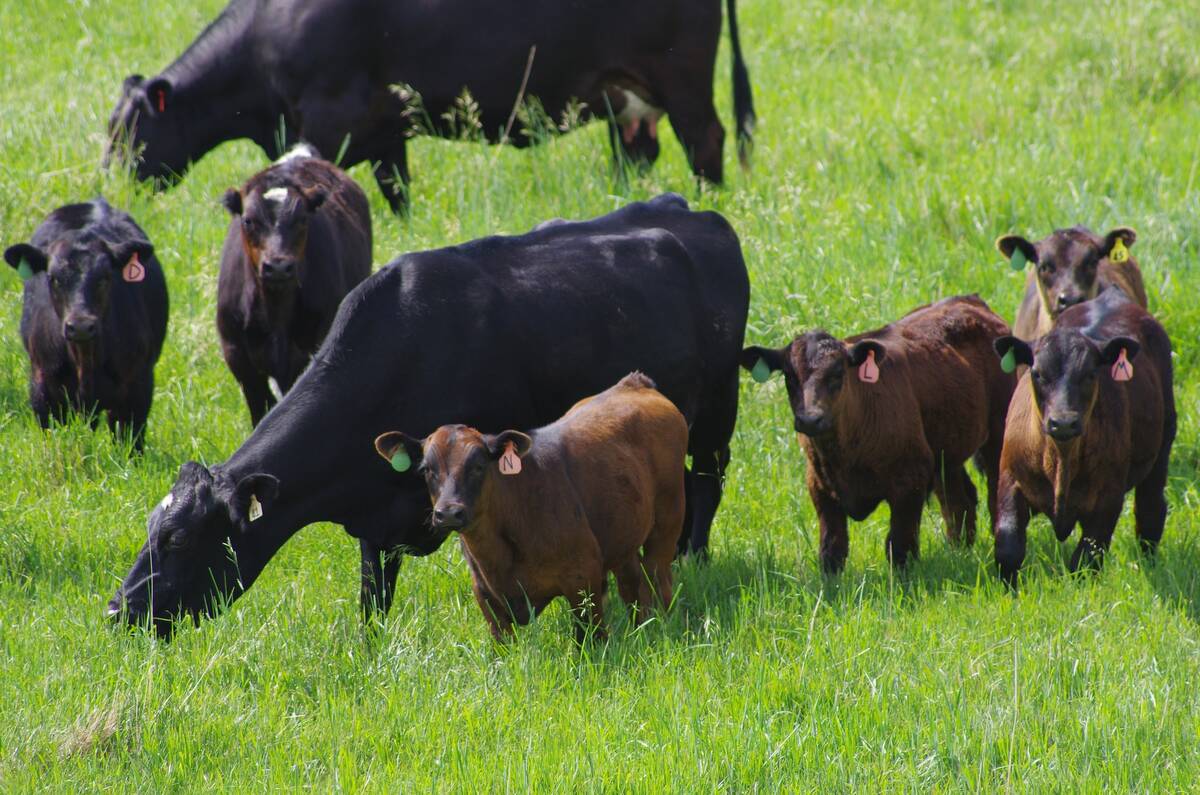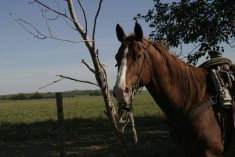Hay prices usually increase slightly during summer because buyers are anxious to get their hands on what may be a limited resource.
Alberta Agriculture beef specialist Ken Ziegler said the price bump tends to settle back down in autumn when it’s evident that overall hay supplies are sufficient.
However, 2009 is not a typical year.
“This (year) is hugely abnormal because everyone is aware that there’s a shortage of feed out there,” said Ziegler. “So the have nots (hay buyers) are much more anxious about securing their feed. So they’re much more apt to pay the price that the sellers are asking.”
Read Also

Manitoba extends Crown land rent freeze
Manitoba government links the continued rental rate freeze on grazing and forage leases to economic and environmental challenges facing the industry
He said hay has sold for five to six cents per pound in Alberta since June, when producers needed short-term feed.
“That’s the price that’s been established and it’s the price that’s been holding,” said Ziegler.
It is also nearly double the typical price range from the last few years of two to four cents per lb.
He said forage prices, when adjusted for inflation, are now the highest since 1983, when hay sold for 41/2 cents per lb.
Hay is also selling at near record prices in Saskatchewan. On the provincial government’s forage and feed listing website last week, sellers were asking $100 to $115 per ton (five to 53/4 cents per lb.) for baled hay.
But that doesn’t mean sellers are receiving those prices, said Janice Bruynooghe, executive director of the Saskatchewan Forage Council.
“They (buyers) know that’s what the asking price is, but so far guys haven’t made the decision to pay that,” she said.
“We hear these stories out there that hay is (going for) $130 per ton. But I think that’s a one-off situation.”
Anecdotes aside, Bruynooghe acknowledged hay prices would be higher this year in Saskatchewan.
“We know that our prices this year are going to be up substantially. Some of the preliminary numbers we’re hearing are anywhere from that $80 to $100 a ton (four to five cents per lb.)”
What’s unusual about this year, she added, is that forage shortages are a problem across the Prairies.
“When you look across the western provinces, we’re in a feed deficit that doesn’t just impact one province or one region of the province. It’s very widespread.”
Hay prices are also higher this summer in Manitoba, due to low stockpiles and the likelihood of a poorer than usual hay crop, said Pam Iwanchysko, a forage specialist with Manitoba Agriculture in Dauphin.
She said producers with excess hay are hoping to take advantage of higher prices and sell bales into Alberta. It’s unlikely that they’ll find buyers in Manitoba, she added.
“Locally, I don’t think there are a lot of producers that are willing to pay that, because cattle prices are down.”
Iwanchysko said it’s too early to get a handle on prices, but the Manitoba hay listing shows that several sellers are asking four cents per lb. for baled hay.
Ziegler expects the high prices to hold for at least two or three more weeks. After that, an abundance of greenfeed could lower prices.
“The question of the last few weeks, for us as an ag info centre, has been the grain farmers, or those with crop, converting their cropland into forage land,” Ziegler said. “My neighbour wants to silage some of my canola. How much does it go for?”
With late maturing and hail-damaged crops prevalent across Alberta, Ziegler said grain producers are considering their options.
“We’re not sure (how) that’s exactly going to play out.”















